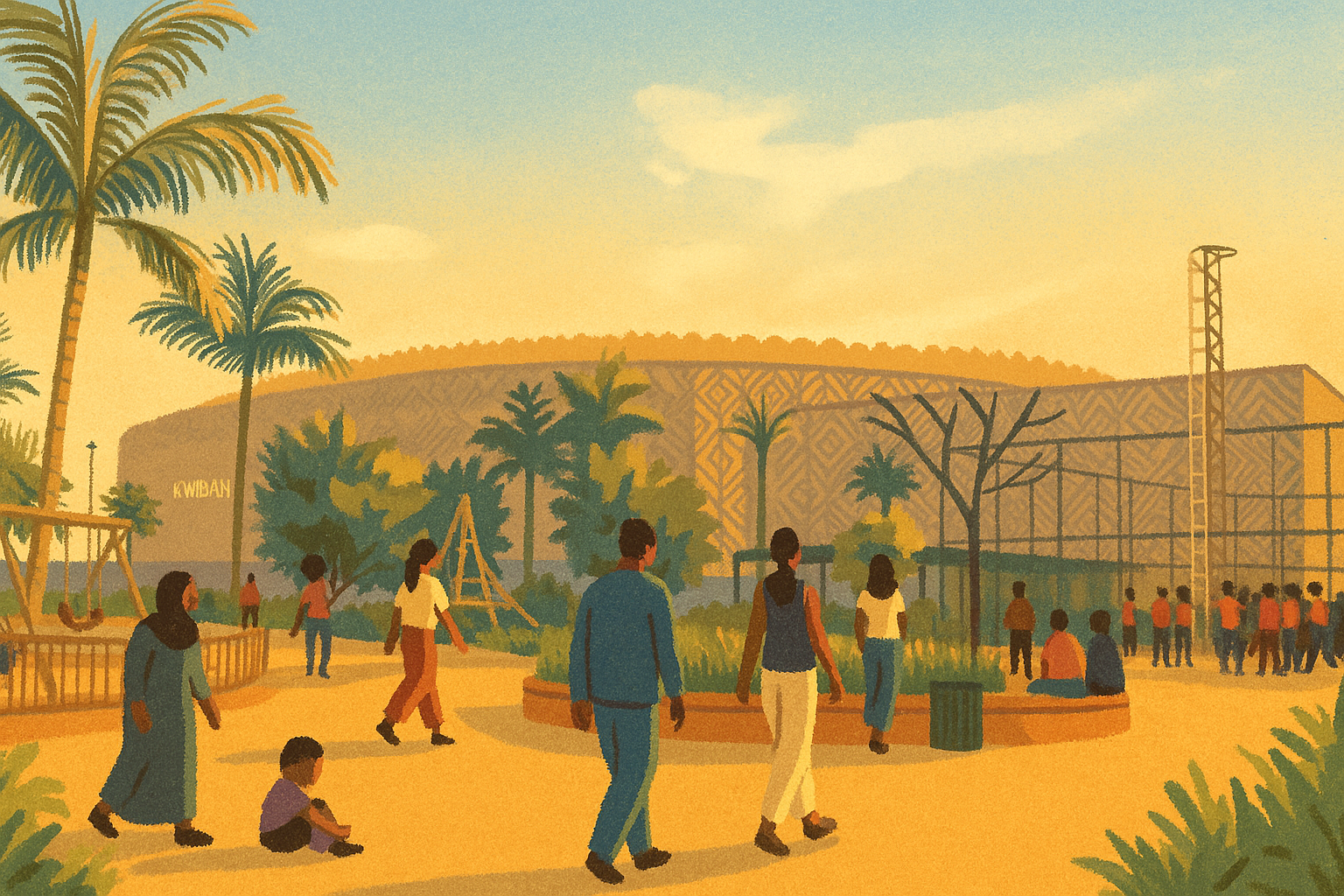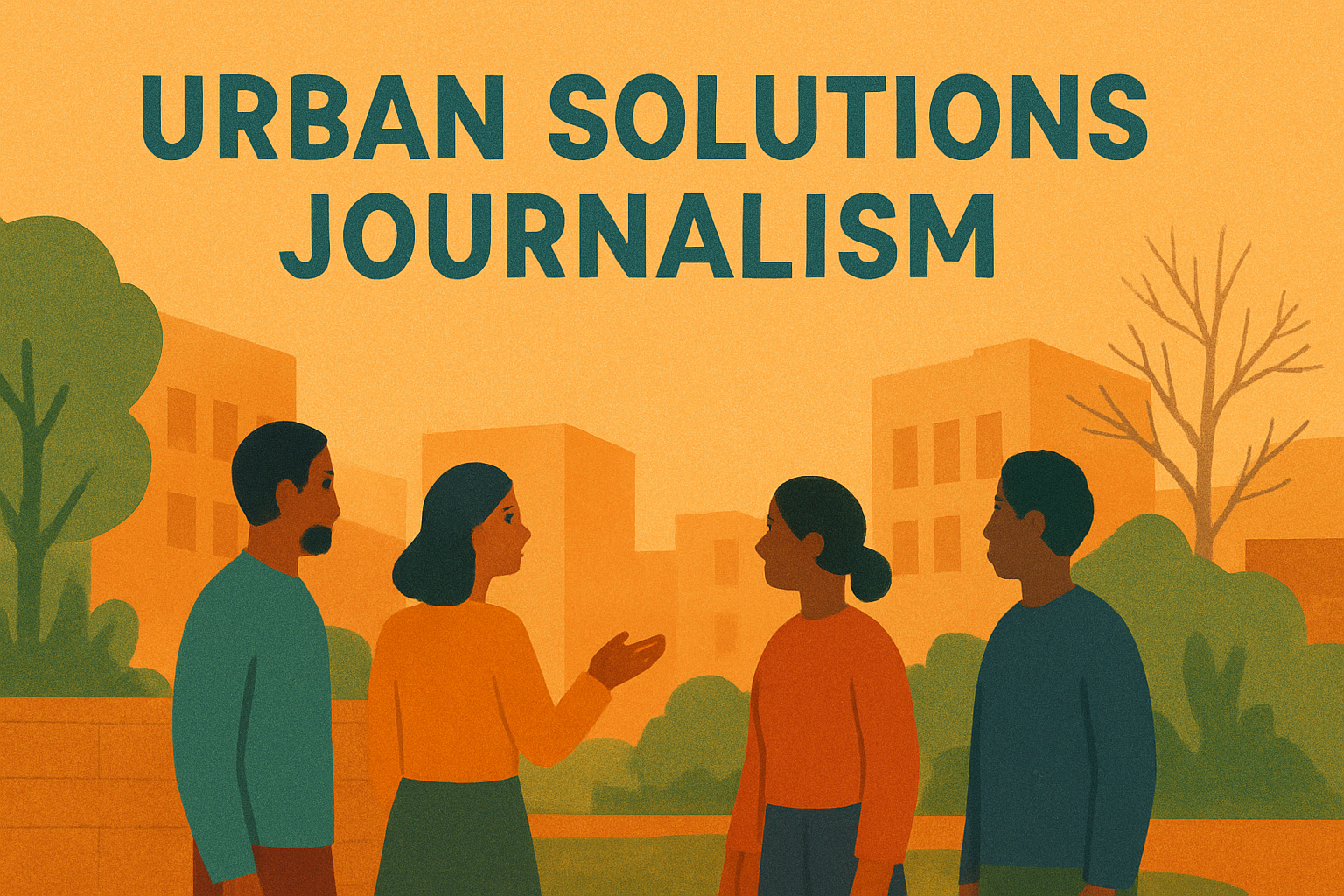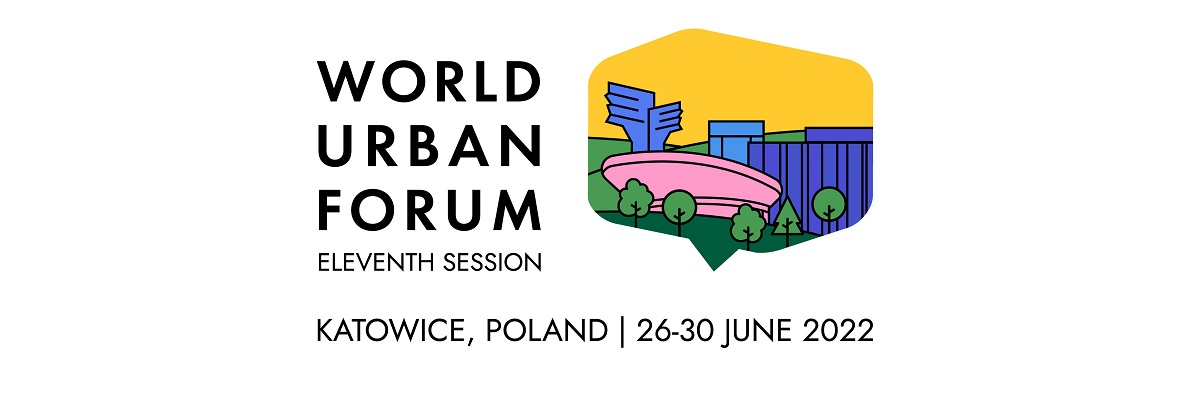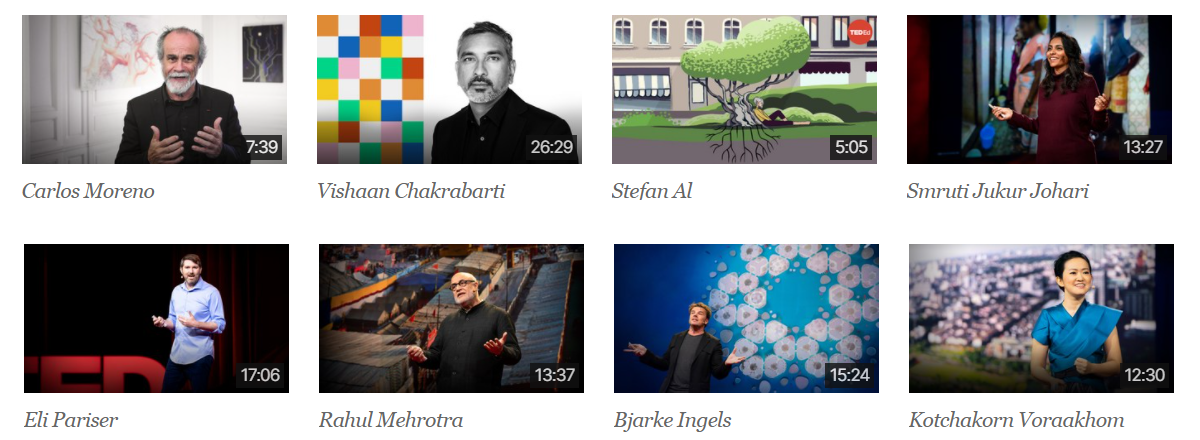Even if this is a critical article about the New Urban Agenda, I will start on a positive note by stressing the intensive preparation process for HABITAT III and the many opportunities for participation that were given to citizens all over the world.
The Agenda (version from July 28) includes all important topics and has many important phrases like “No one should be left behind”, but there is a grave lack of concrete measures for implementing the fundamental principles.
Here are the main criticisms about the New Urban Agenda. I collected them mainly in interviews with urban experts.
The New Urban Agenda is too vague.
Although it is commendable that the NUA recognises crucial issues like inequality (“We are still far from adequately addressing existing and emerging challenges”, §4), it is too vague and becoming shorter and shorter in the revision process. Instead of suggesting measurable goals and clear, simple targets, the diplomatic language necessary to reach a consensus between all member states of the United Nations is watering down the document. The Agenda is not binding anyway, but now even suggestions like the periodic follow-up and review (§155) are formulated extremely carefully, resulting in an impression of “half-heartedness”.
While many good intentions are listed in part A as “The Transformative Commitments for Sustainable Development” (social inclusion, ending poverty, prosperity and opportunities for all, sustainable and resilient urban development), part B on “Effective Implementation” is very vague about actual measures and policy frameworks. Responsibility is mainly delegated to the national level with the support of UN HABITAT. Member states will sign many well-intentioned paragraphs such as:
§101: “We will foster the progressive realization of the right to adequate housing, as a component of the right to an adequate standard of living.”
§118: “We will promote the integration of food and nutrition needs of urban residents, particularly the urban poor, in urban and territorial planning, to end hunger and malnutrition.”
These two paragraphs are from the section “Means of Implementation”:
§134: “We will support sub-national and local governments to implement transparent and accountable expenditure control instruments.”
§149: “We will promote capacity development initiatives to empower and strengthen skills and abilities of the women and girls, children and youth, older persons and persons with disabilities, indigenous peoples and local communities, as well as persons in vulnerable situations for shaping governance processes, engaging in dialogue, and promoting and protecting human rights and anti-discrimination, to ensure their effective participation in urban and territorial development decision-making.”
Another example for the Agenda’s vagueness is the issue of informality, on which the Agenda states that it is an aim to integrate formality and informality, but nothing more is said. Key issues like informal work, informal housing, or legalisation of housing are not touched upon.

The NEW Urban Agenda neglects the former HABITAT conferences.
Experts agree that both the Vancouver Declaration (1976) and the Istanbul Declaration (1996) already included many crucial issues of urban development. Instead of building on these declarations and expanding them, the New Urban Agenda seems to start from scratch. This is also reflected in the title with the word “new”. The document tries to re-establish already agreed-upon principles. It seems that many find the former agendas too ambitious and too human rights oriented. Also, there is little retrospection regarding the former declarations and the progress or difficulties there have been since then. Similarly, experts criticise the lacking link to the SDGs.
While connections to other international agreements are lacking, there is at the same time no innovative potential to be found in the Agenda. It is basically rephrasing many old principles and including every aspect of urban development without specifications and measurable targets.
The New URBAN Agenda focuses too much on cities.
The official title of the New Urban Agenda is “Quito Declaration on Sustainable Cities and Human Settlements for All”. The addendum “settlements” was made late in the process, although the HABITAT conferences were supposed to be about human settlements in general. By now, the focus is too much on cities, neglecting rural areas. It has become like a doctrine to believe that the future lies in cities (read this article by CityMetric on how urbanisation is not inevitable), but we shouldn’t take this as a reason to focus exclusively on urban development.
It is a very positive development that urbanization has finally been accepted as a given and positive process, but it would be a serious mistake to neglect rural settlements – the important question is how to achieve a holistic and sustainable spatial development of all human settlements.
The New Urban AGENDA is a neo-liberal document.
The belief that development is an engine for growth is neo-liberal in its core. It has been visible in former HABITAT conferences and is still around. Other models of development (for example the alternative social philosophy Buen Vivir from Latin America) are ignored. This surely has to do with the fact that the World Bank daughter Cities Alliance works in close cooperation with UN HABITAT, which has been instrumental in planning HABITAT III. Another explanation are the many business interests in cities as hubs of innovation and economic growth. New urban technologies (see my article on smart cities) and infrastructures will play a big role in many developing cities in the years to come, as will real estate.
With that in mind, it is the task of counter initiatives and organisations such as Habitat International Coalition (HIC), possibly the largest alliance of organisations, social movements, academics and support groups in the housing and human settlement sector, to attack this mainstream political ideology during HABITAT III.
One positive development is that the discourse has changed from development cooperation to sustainability and the understanding that development is not a one-way street has become mainstream, but developed countries still don’t seem to feel much obligation on their parts. For example, in Germany all HABITAT III proceedings are task of the Ministry for Economic Cooperation and Development. This adds a post-colonial and paternalistic touch.
The review process described in the New Urban Agenda so far is insufficient.
The very short part C at the end of the New Urban Agenda is about Follow-Up and Review. In paragraph 160, a report on the implementation progress in in member states is suggested on a four-year-basis, but it is obvious that this part still needs a lot of work. The review process should be “voluntary, country-led, open, inclusive, multilevel, participatory, and transparent“ (§156). Read this article by Citiscope for some more ideas on follow-up and review.
Conclusion
While many important statements and most, if not all, crucial urban topics are reflected in the Agenda, there is also a lot of criticism regarding the content as well as the monitoring and following-up of the agreed issues in the New Urban Agenda. Since the Agenda won’t be binding (although that would be a very interesting experiment), it will be the responsibility of the civil society, NGOs and other organisations to follow up and “watch” their government’s implementation of the Agenda. In addition, it is not enough that the HABITAT conferences take place every 20 years – a much shorter interval is necessary.
Interestingly, there was a counter conference in Quito, including the Foro Social by the Habitat International Coalition – read more:
Please share your thoughts and ideas in the comment section below and don’t hesitate to contact me (laura@parcitypatory.org).
Header Copyright: Quito Lights by El Freddy via flickr, CC BY-NC 2.0











One Response